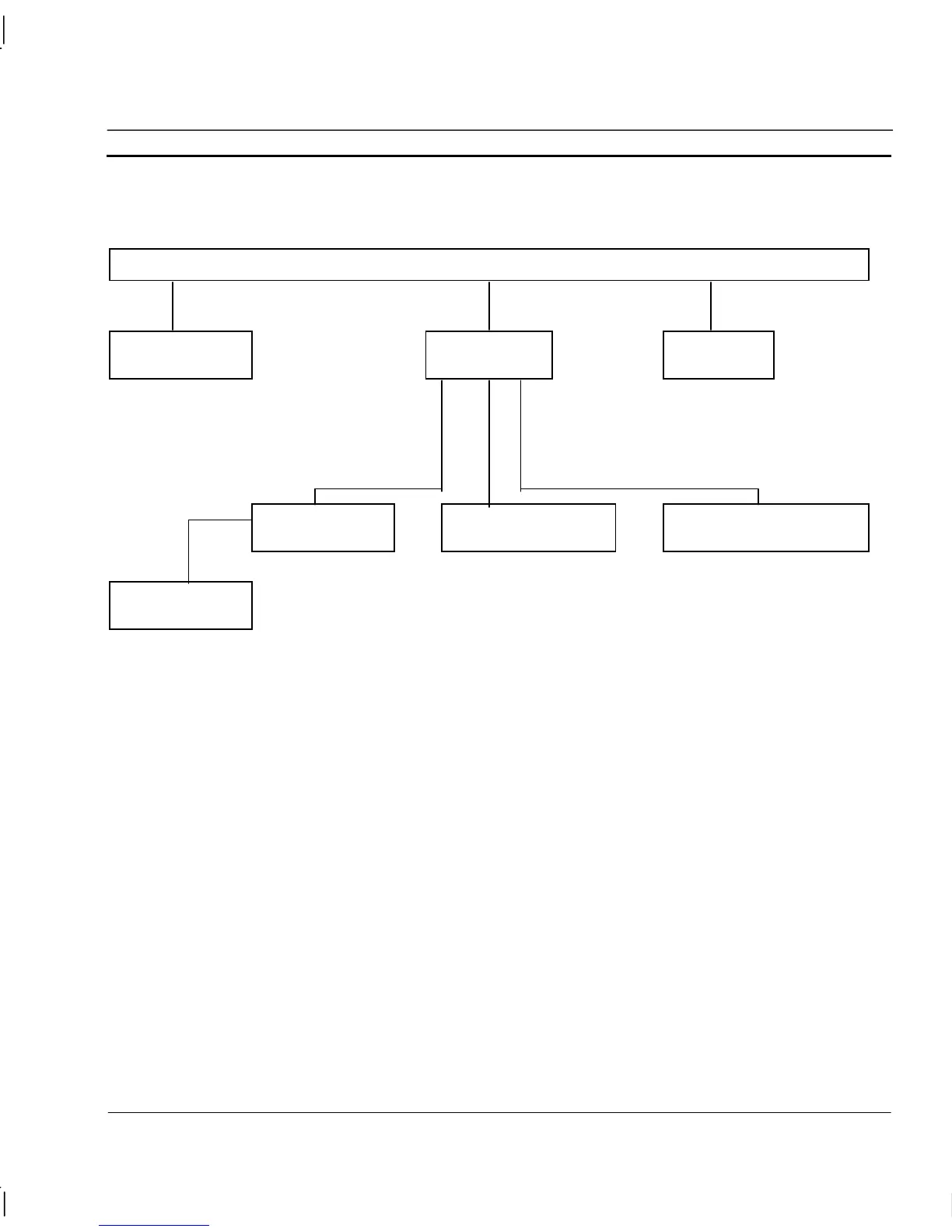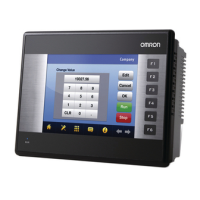OMRON CHAPTER 14 – Using CX-Supervisor as an OPC Client
Release 2.0 Page 231
The figure below shows some of the current areas covered by OPC Interface Specifications:
Figure 1: OPC Interface Specifications
Key Technologies used by OPC
This section provides, for convenience, a brief introduction to some key technologies that are used
by, or that form part of, OPC. Some of these are described in more detail in the appendices; plentiful
reference books are available elsewhere describing all of them in any required level of detail.
A Brief Introduction to DCOM
Microsoft describes DCOM as:
“The Distributed Component Object Model (DCOM) is a protocol that enables software
components to communicate directly over a network in a reliable, secure, and efficient
manner. Previously called "Network OLE," DCOM is designed for use across multiple
network transports, including Internet protocols such as HTTP. DCOM is based on the Open
Software Foundation's DCE-RPC spec and will work with both Java applets and ActiveX®
components through its use of the Component Object Model (COM).”
OPC
OPC Securit
Interface
OPC Common
Definition
OPC & XML
OPC Data
Access
OPC Batch
Interface
OPC Alarms & Events
Interface
OPC Historical Data
Access Interface

